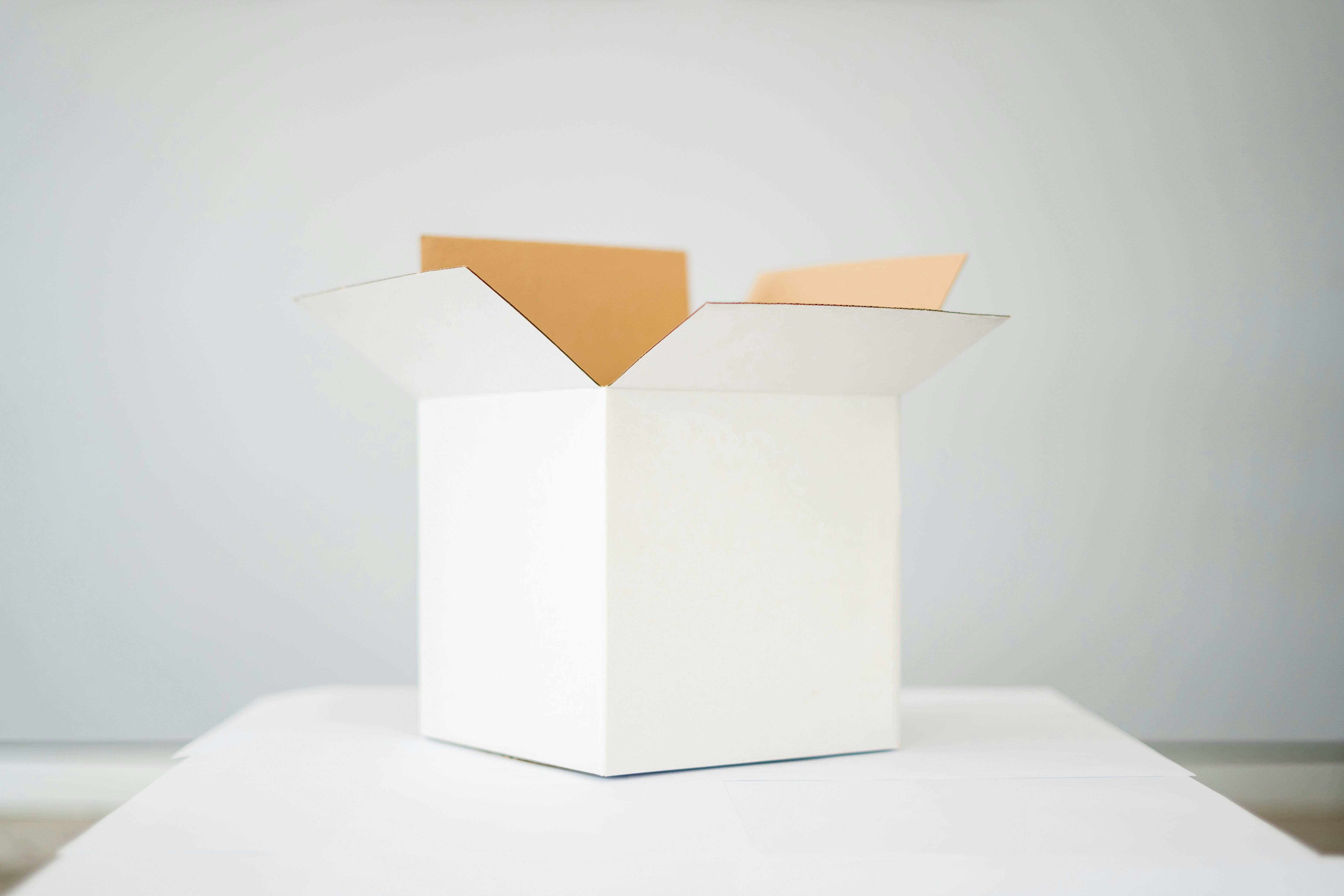Low Fidelity
Low Fidelity
Low Fidelity
Co-Design

Overview
Co-Design is a hands-on, creative experiment that forces customers to articulate what they find most compelling about a product by designing their own version of its packaging. At Future Foundry, we use this method to test how customers think about a proposition, what messaging resonates, and what they consider most valuable. This method works particularly well for consumer brands, where understanding how customers perceive value can dramatically improve positioning and marketing. By letting customers “sell” a product back to us, we uncover the language, features, and emotional drivers that matter most.
Co-Design is a hands-on, creative experiment that forces customers to articulate what they find most compelling about a product by designing their own version of its packaging. At Future Foundry, we use this method to test how customers think about a proposition, what messaging resonates, and what they consider most valuable. This method works particularly well for consumer brands, where understanding how customers perceive value can dramatically improve positioning and marketing. By letting customers “sell” a product back to us, we uncover the language, features, and emotional drivers that matter most.
Co-Design is a hands-on, creative experiment that forces customers to articulate what they find most compelling about a product by designing their own version of its packaging. At Future Foundry, we use this method to test how customers think about a proposition, what messaging resonates, and what they consider most valuable. This method works particularly well for consumer brands, where understanding how customers perceive value can dramatically improve positioning and marketing. By letting customers “sell” a product back to us, we uncover the language, features, and emotional drivers that matter most.
Process
We start by giving participants a blank box (or a digital equivalent) and asking them to design it as if they were selling the product themselves. This includes choosing a product name, tagline, features, and key benefits. During the session, we observe which messages and visuals customers prioritise, identifying which elements they instinctively see as valuable. After designs are completed, participants present their boxes, explaining their reasoning. We capture patterns in language, emotional connections, and feature priorities, translating them into a refined value proposition and clearer messaging. If customers focus on an unexpected benefit, it signals an opportunity to shift positioning.
We start by giving participants a blank box (or a digital equivalent) and asking them to design it as if they were selling the product themselves. This includes choosing a product name, tagline, features, and key benefits. During the session, we observe which messages and visuals customers prioritise, identifying which elements they instinctively see as valuable. After designs are completed, participants present their boxes, explaining their reasoning. We capture patterns in language, emotional connections, and feature priorities, translating them into a refined value proposition and clearer messaging. If customers focus on an unexpected benefit, it signals an opportunity to shift positioning.
We start by giving participants a blank box (or a digital equivalent) and asking them to design it as if they were selling the product themselves. This includes choosing a product name, tagline, features, and key benefits. During the session, we observe which messages and visuals customers prioritise, identifying which elements they instinctively see as valuable. After designs are completed, participants present their boxes, explaining their reasoning. We capture patterns in language, emotional connections, and feature priorities, translating them into a refined value proposition and clearer messaging. If customers focus on an unexpected benefit, it signals an opportunity to shift positioning.
Requirements
To run this test, we use a structured workshop format, either in-person with physical materials or virtually using a digital design tool. The goal is not just to see how customers design the packaging but to understand the story they tell about the product.
To run this test, we use a structured workshop format, either in-person with physical materials or virtually using a digital design tool. The goal is not just to see how customers design the packaging but to understand the story they tell about the product.
To run this test, we use a structured workshop format, either in-person with physical materials or virtually using a digital design tool. The goal is not just to see how customers design the packaging but to understand the story they tell about the product.
Discover other experiments
Explore more real-world experiments that have helped teams validate ideas, reduce risk, and accelerate innovation.

